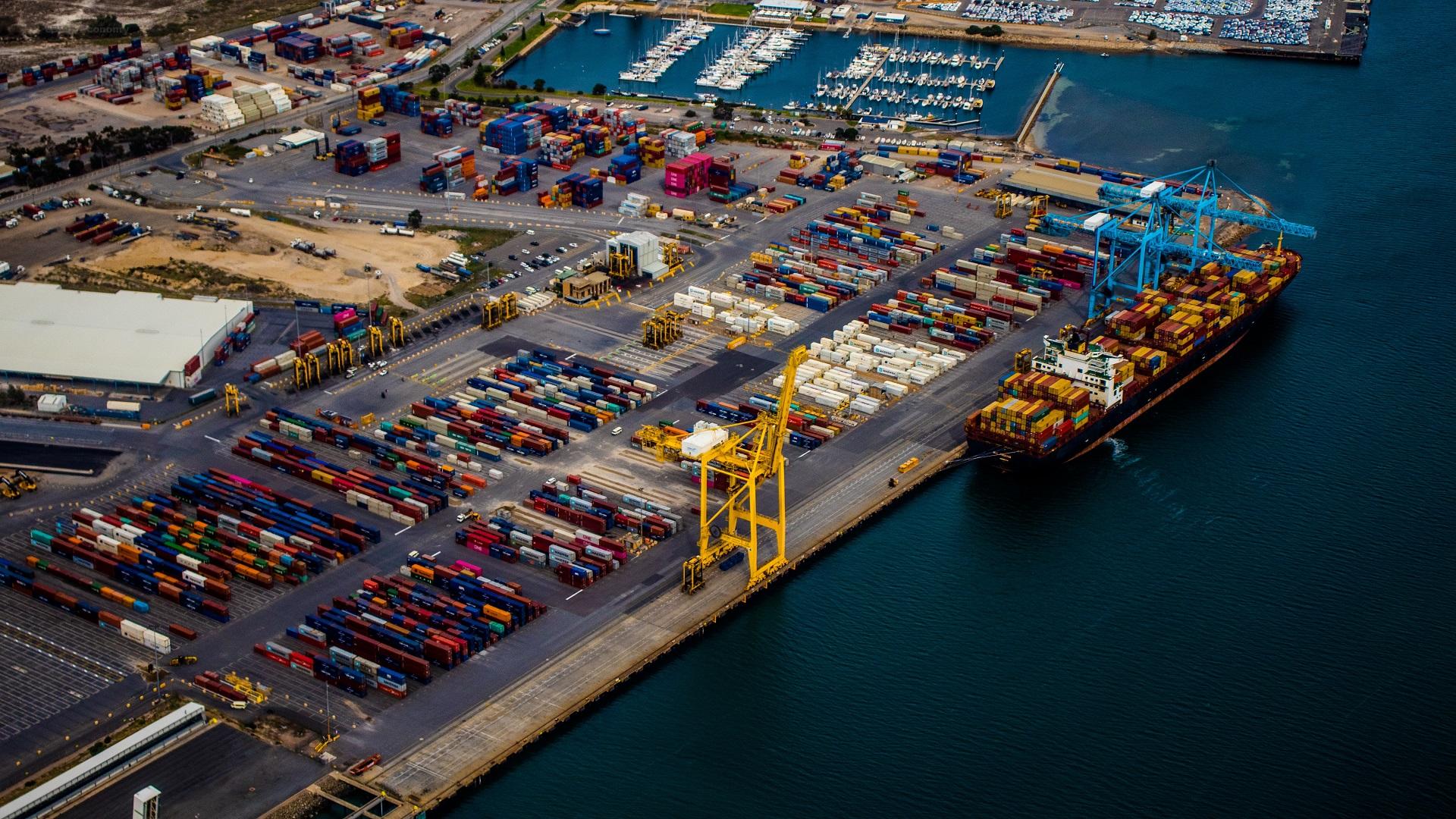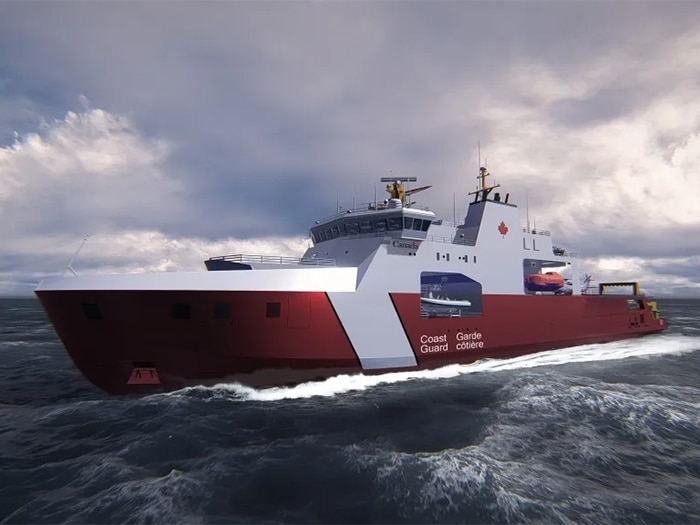Korea Shipbuilding wins deals to build four LNG vessels
The combined value of the orders stands at around $792m (KRW911bn).
Korea Shipbuilding and Offshore Engineering (KSOE) has secured deals for the construction of four liquefied natural gas (LNG) vessels.
The combined value of the deals stands at around $792m (KRW911bn), reported Yonhap News Agency.
In a regulatory filing, KSOE said that its unit Hyundai Heavy Industries (HHI) has secured a contract from a Bermudian company to build and deliver two LNG carriers
As part of the $397m (KRW454bn) deal, HHI is expected to deliver the vessels by September 2025.
Another KSOE subsidiary, Hyundai Samho Heavy Industries (HSHI) has secured a $400m (KRW458bn) deal from a European firm to build two LNG carriers.
These vessels are also expected to be delivered by September 2025.
Counting these recent deals, the company has won contracts worth $14.8bn for the construction of nearly 163 vessels this year.
Last month, KSOE reportedly secured orders worth $1bn (KRW1.1tn) for the construction of ten vessels.















